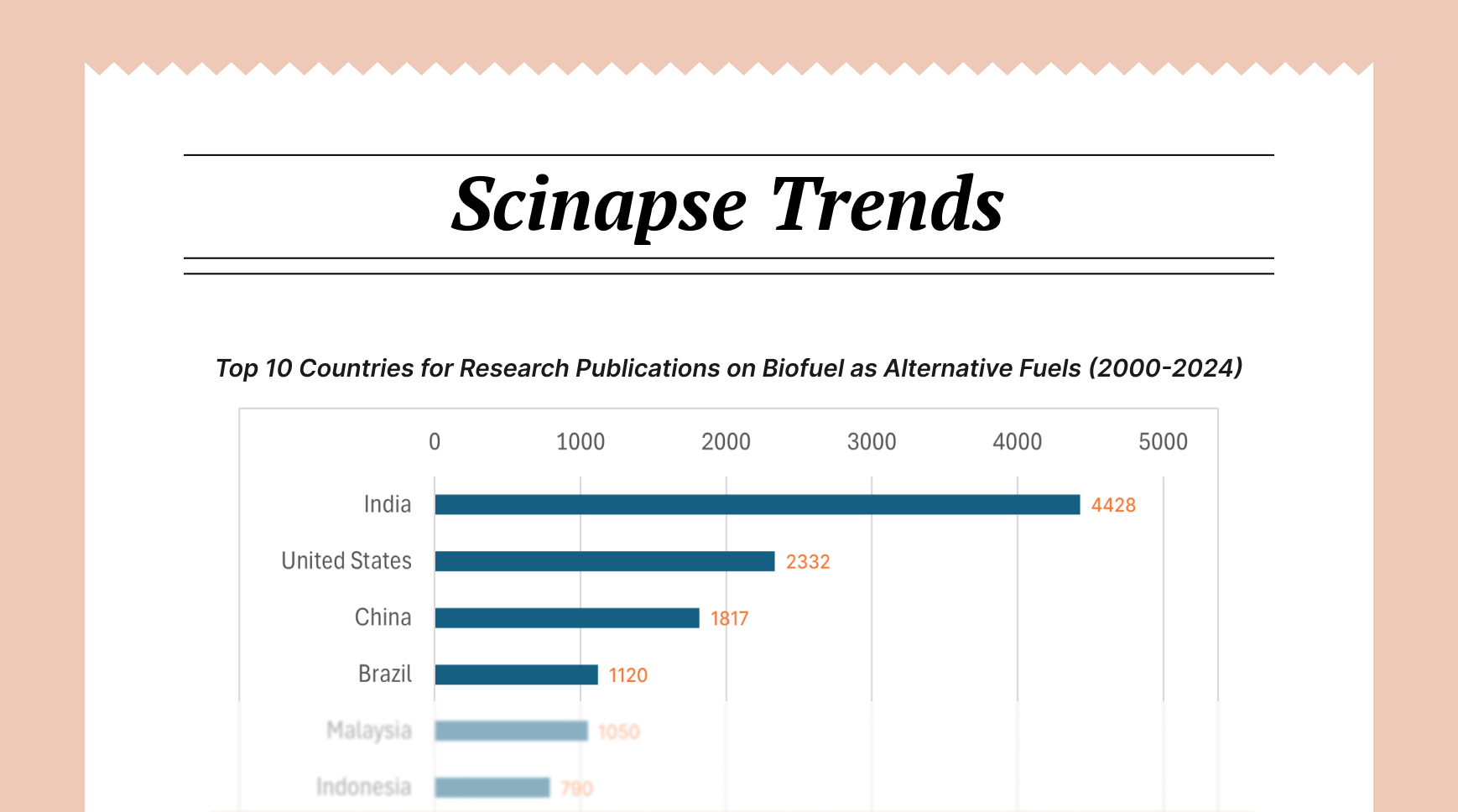Decoding the Tumor Microenvironment and Immunotherapy Response: Insights from Single-Cell and Spatial Analyses (2020-2024)
Single-cell & spatial analysis decode the Tumor Microenvironment (TME). Discover insights into immunotherapy response, resistance & new biomarkers.
Introduction
The past five years have witnessed a surge in the application of single-cell and spatial multi-omics technologies to dissect the complexities of the tumor microenvironment (TME) and its influence on immunotherapy response. These advancements have provided unprecedented resolution into cellular heterogeneity, intercellular communication, and the dynamic interplay between cancer cells and immune cells. This mini-review synthesizes key findings from recent studies, focusing on the identification of novel therapeutic targets and biomarkers for predicting and enhancing immunotherapy efficacy.
Single-Cell and Spatial Atlas Development for Cancer
A major focus has been the creation of comprehensive single-cell atlases across various cancer types. These atlases provide a foundational understanding of cellular composition and heterogeneity within tumors. Alexander Swarbrick's group generated a single-cell and spatially resolved atlas of human breast cancers, revealing intricate interactions within the TME (Sunny Z. Wu et al., 2020, Nature Genetics; Sunny Z. Wu et al., 2021, Nature Genetics). Similarly, Gangqiao Zhou's laboratory constructed a single-cell atlas of hepatocellular carcinoma, characterizing the multicellular ecosystem of primary and metastatic tumors (Yiming Lu et al., 2021, Nature Communications; Yiming Lu et al., 2022, Nature Communications). Jin-Xin Bei's team investigated tumor heterogeneity and intercellular networks in nasopharyngeal carcinoma at single-cell resolution (Yang Liu et al., 2021, Nature Communications). This work was extended by the same group to include spatial transcriptomics, linking tertiary lymphoid structures to tumor progression and immunotherapy response in nasopharyngeal carcinoma (Yang Liu et al., 2024, Nature Communications). These atlases serve as crucial resources for identifying potential therapeutic targets and understanding disease mechanisms. Alberto Valdeolivas' research group profiled the heterogeneity of colorectal cancer subtypes using spatial transcriptomics (Alberto Valdeolivas et al., 2024, npj precis. oncol.). Xiaojie Bian's group used single-cell multi-omics to reveal prostate cancer heterogeneity (Xiaojie Bian et al., 2024, Advanced Science).
Dissecting Immune Cell Dynamics and Immunotherapy Resistance
Another prominent area of research focuses on characterizing immune cell populations within the TME and their role in immunotherapy response and resistance. Zemin Zhang's group employed temporal single-cell tracing to reveal clonal revival and expansion of precursor exhausted T cells during anti-PD-1 therapy in lung cancer (Baolin Liu et al., 2020, Nature Cancer; Baolin Liu et al., 2021, Nature Cancer). They further investigated tumor-reactive CXCL13+ T cells and their responses to immune checkpoint blockade (Baolin Liu et al., 2021, Nature Cancer; Baolin Liu et al., 2022, Nature Cancer). Linghua Wang's team identified a cellular stress response state in T cells associated with immunotherapy resistance across multiple cancer types (Yanshuo Chu et al., 2022, Nature Medicine; Yanshuo Chu et al., 2023, Nature Medicine). Bernd Bodenmiller's laboratory provided a comprehensive single-cell map of T cell exhaustion-associated immune environments in human breast cancer (Sandra Tietscher et al., 2023, Nature Communications). Joanna Poźniak's research identified a TCF4-dependent gene regulatory network conferring resistance to immunotherapy in melanoma (Joanna Poźniak et al., 2024, Cell). Chuan Liu's group revealed the immunosuppressive role of APOE+ macrophages in immune checkpoint inhibitor therapy using pan-cancer single-cell and spatial profiling (Chuan Liu et al., 2024, Advanced Science). These studies highlight the complex mechanisms of immune evasion and provide potential targets for overcoming resistance.
Investigating the Impact of Neoadjuvant Therapy on the TME
Several studies have investigated the effects of neoadjuvant therapy on the TME using single-cell RNA sequencing. Tina Cascone's group explored the impact of neoadjuvant chemotherapy plus nivolumab with or without ipilimumab in operable non-small cell lung cancer (Tina Cascone et al., 2023, Nature Medicine). Peng Zhang's team examined tumor microenvironment remodeling after neoadjuvant immunotherapy in non-small cell lung cancer (Junjie Hu et al., 2023, Genome med.). William L. Hwang's team used single-nucleus and spatial transcriptome profiling of pancreatic cancer to identify multicellular dynamics associated with neoadjuvant treatment (William L. Hwang et al., 2022, Nature Genetics). These studies provide insights into how the TME is altered by therapy and how these changes influence treatment outcomes.
CAR T-cell Therapy and Resistance Mechanisms
The field of CAR T-cell therapy has also benefited from single-cell analysis, particularly in understanding mechanisms of resistance. Crystal L. Mackall's group identified post-infusion CAR TReg cells as a marker of resistance to CD19-CAR therapy (Zinaida Good et al., 2022, Nature Medicine). Marcela V. Maus' team characterized distinct cellular dynamics associated with response to CAR-T therapy for refractory B cell lymphoma (Nicholas J. Haradhvala et al., 2022, Nature Medicine). Marco Ruella's research highlighted the risk of T cell lymphoma and secondary primary malignancy after commercial CAR T cell therapy (Guido Ghilardi et al., 2024, Nature Medicine). These findings are crucial for developing strategies to improve CAR T-cell efficacy and safety.
Conclusion
The application of single-cell and spatial multi-omics technologies has revolutionized our understanding of the TME and its impact on cancer progression and immunotherapy response. These advancements have led to the identification of novel therapeutic targets, biomarkers for predicting treatment outcomes, and insights into mechanisms of resistance. Future research should focus on translating these findings into clinically relevant strategies for improving cancer therapy.
✨ About This POST
This mini-review post was generated through Scinapse. Scinapse provides reliable research trend analysis using citation analysis and AI technology.
Check out the trends in your field too!
Get started at https://scinapse.io


Comments ()